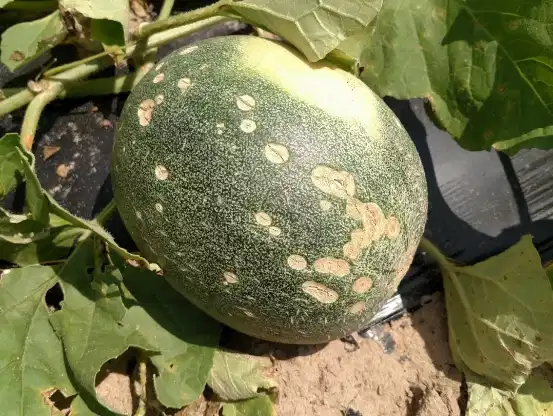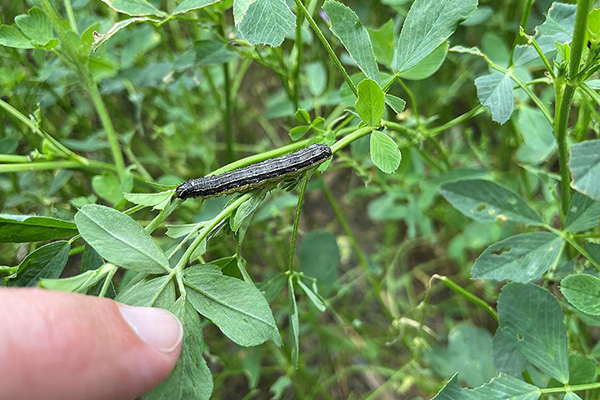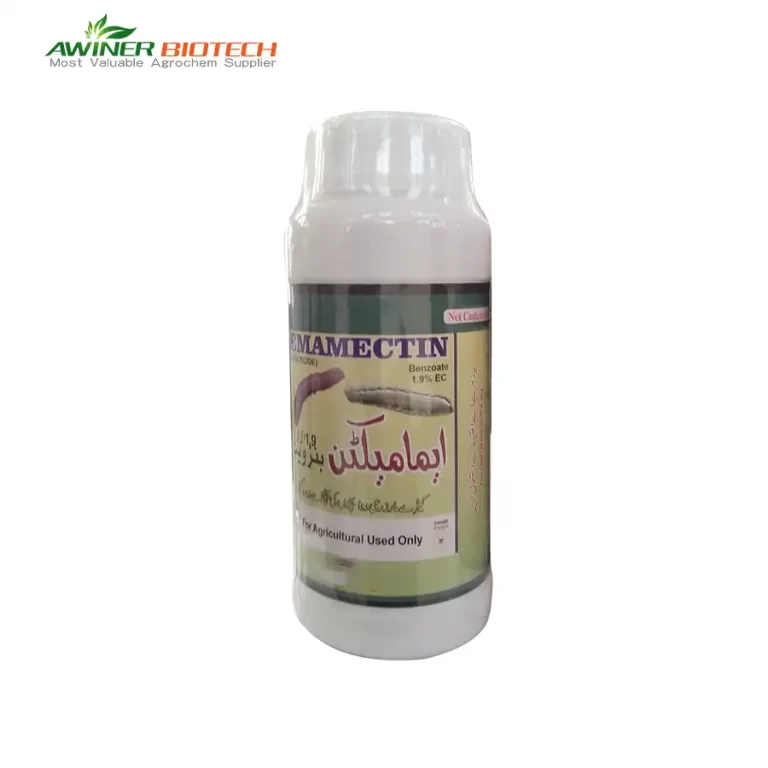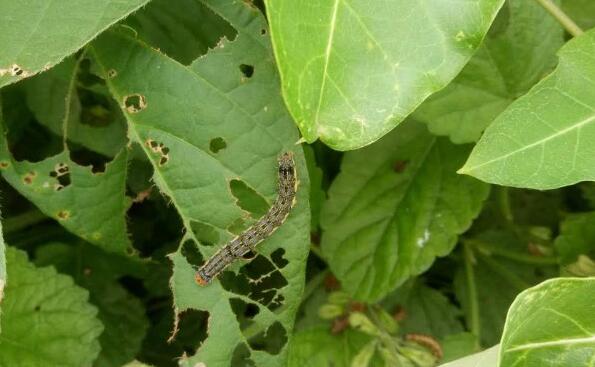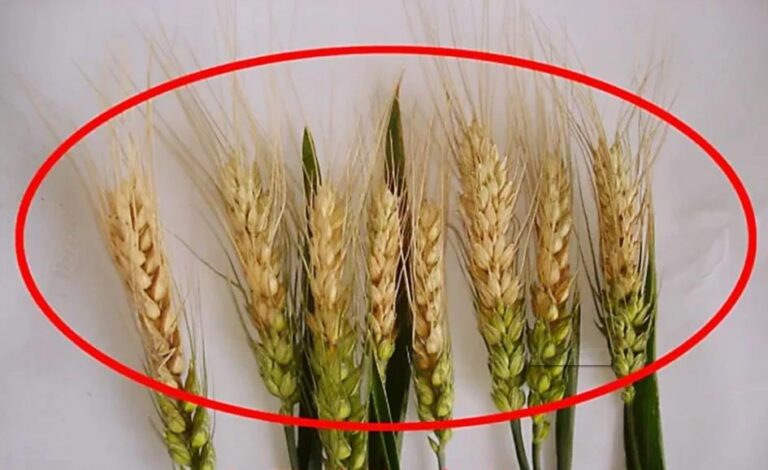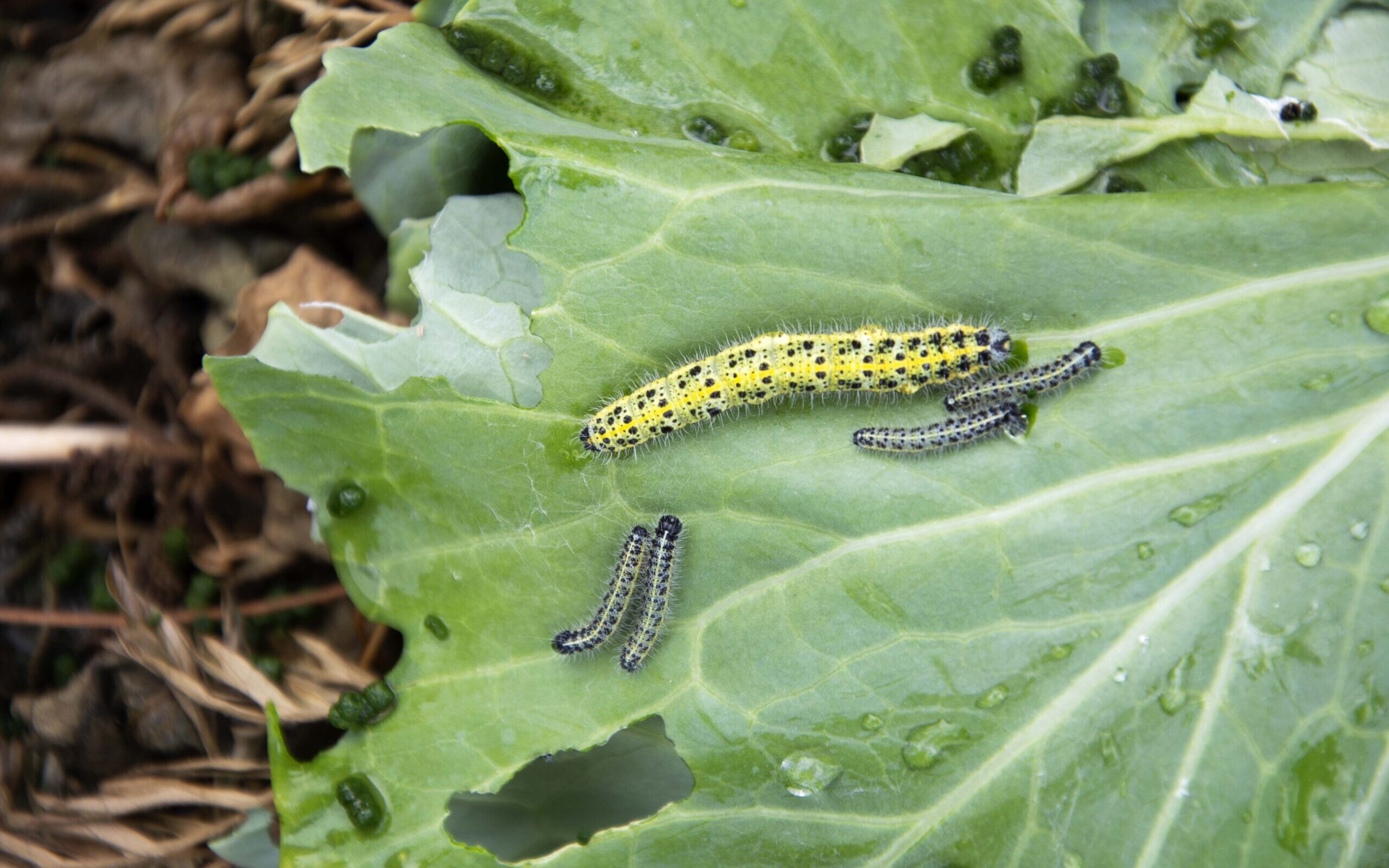
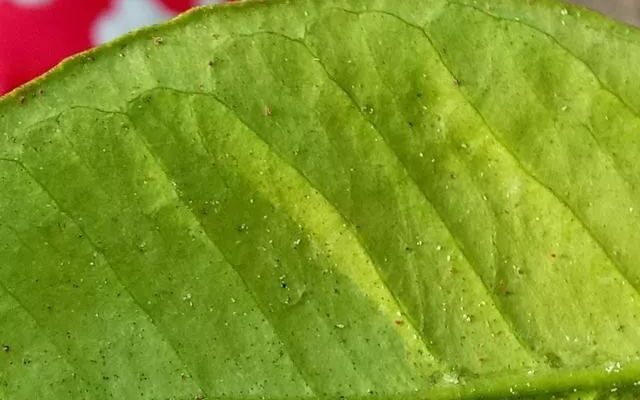
Abamectin and emamectin are both insecticides derived from avermectins, which are a group of compounds produced by the soil bacterium Streptomyces avermitilis. While they share similarities in their origin and mode of action, they have some key differences:
1. Chemical Structure:
- Abamectin: A mixture of two avermectin components (B1a and B1b), with B1a being the major component.
- Emamectin: A semi-synthetic derivative of abamectin, specifically the 4′-deoxy-4′-methylamino analog of abamectin.
2. Mode of Action:
- Both abamectin and emamectin work as chloride channel activators, which interfere with the nervous system of the target pests. They increase the release of the neurotransmitter gamma-aminobutyric acid (GABA), causing paralysis and eventual death of the insect.
- Abamectin: Has a broader range of action and is effective against various mites and insect pests.
- Emamectin: Generally more potent than abamectin and is primarily used against lepidopteran larvae (caterpillars) due to its enhanced effectiveness.
3. Application:
- Abamectin: Commonly used in agriculture for controlling mites, leaf miners, and other insect pests on crops like vegetables, fruits, and ornamentals.
- Emamectin: Used mainly for controlling lepidopteran pests on a variety of crops, including cotton, vegetables, and fruit trees. It’s also used in aquaculture to control sea lice.
4. Toxicity and Residual Activity:
- Abamectin: Generally considered to have a shorter residual activity compared to emamectin. It is moderately toxic to mammals and highly toxic to aquatic organisms and bees.
- Emamectin: Known for its longer residual activity and higher potency, meaning lower application rates are required. It is also moderately toxic to mammals but tends to be less toxic to non-target insects than abamectin.
5. Resistance Management:
- Abamectin: There have been reports of resistance development in certain pest populations due to its widespread use.
- Emamectin: Less prone to resistance compared to abamectin, partly due to its more targeted use and higher potency.
Summary:
- Abamectin is versatile, with broader pest control applications but a shorter residual effect.
- Emamectin is more potent, with a longer residual effect and is primarily used against caterpillar pests.
The choice between the two depends on the specific pest and crop situation, as well as considerations for resistance management and environmental impact.
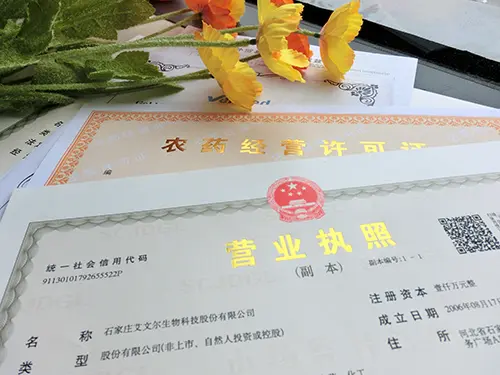
Certificate support
We provides various certificates, including SGS, IBO, and ICAMA. These certifications help customers gain a competitive edge in the market. Awiner assist clients in registering pesticides.
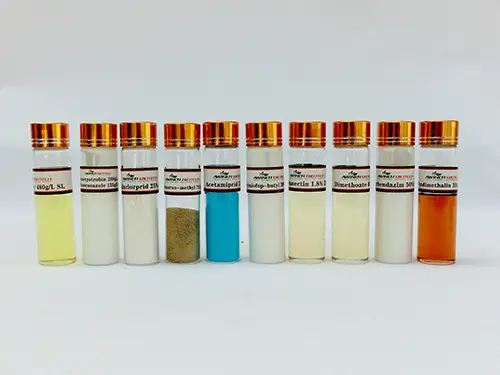
Customized pesticide formulation
A professional technical team will formulate pesticide single agents or combination products tailored to the local conditions and specific needs of crops in the customer’s region.
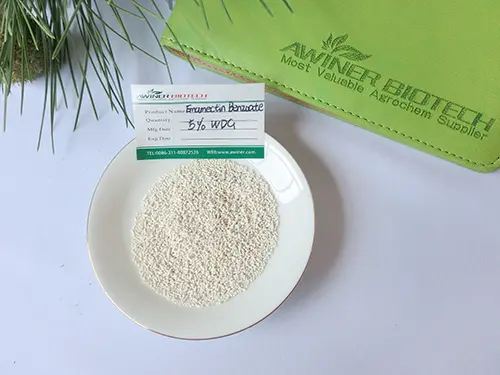
Support samples
Providing samples is part of our excellent service. Generally, samples can be provided within 3 days, and our staff will send them to customers as soon as possible according to the schedule.
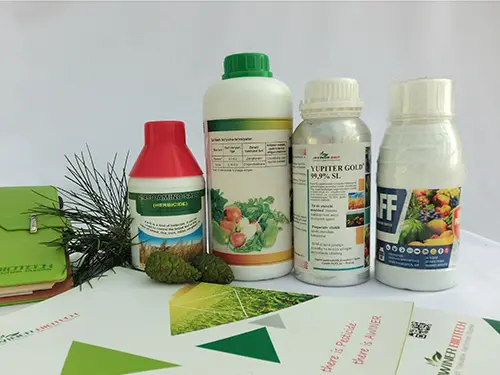
Packaging customization
Pesticide liquid bottles, aluminum foil bags, labels, logos, and more can all be customized to meet customer needs. Our professional design team provides quick design services for customers.

Market Assistance
We collaborate with multiple countries on pesticide exports and can provide customers with local market product data. This helps our clients quickly gain a foothold in the local market.

After-sales service
Pre-sales and production are our strengths, but our after-sales service is also a key advantage. Our professional after-sales team assists customers with customs clearance, sales, and other related issues.


